
The exhibition is divided into three parts, namely the different customs, collision and mergence of the two civilizations in history.
The Huns belonged to a nomadic civilization while the Central Plains people were farmers and formed the cradle of Chinese civilization. Their collision started in the third century BC and continued for centuries.
In the first part of the exhibition, visitors learn about the Hun customs, such as animal worship, and there is comparison with those of the Central Plains.
Many of the exhibited head-shaped ornaments were excavated from the Hun tombs or sacrificial sites. For instance, a bronze argali head-shaped ornament, dating back to the Warring States Period (475-221 BC), was unearthed at Yulongtai in Ordos of Inner Mongolia.
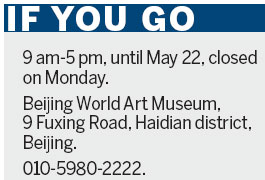
Meanwhile, fine decoration pieces excavated from the tombs at Aluchaideng in Inner Mongolia in 1972 are evidence of the Huns' love for gold and their high-quality craftsmanship.
Among them, an extremely rare eagle-topped gold crown is the only complete Hun crown so far, according to Tala, curator of Inner Mongolia Museum.
"Some of the artifacts present distinctive features of the culture they belonged to, such as the Huns' bronze weapon pieces and bronze pieces decorated with animal patterns.
"But relic pieces from one civilization are often found carrying features of the other, such as some excavated funerary objects," Xu introduces.
Gold and silver processing techniques were highly developed with distinctive styles among the ethnic groups in the north, which had a profound impact on the Central Plains.
In the 1980s, archaeologists excavated two cemeteries at Daoduizi and Lijiataozi in Tongxin county. The tombs are believed to belong to Hun immigrants living in the five border counties of the Western Han Dynasty (206 BC-AD 24) and their descendents.
Experts found that their funeral customs, like the tomb structures, were influenced by the Han culture.
|
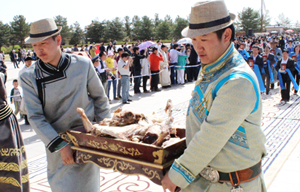 |
|
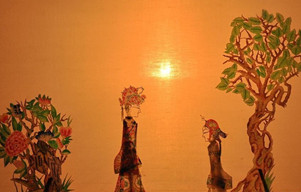 Daoqing shadow play gets protection and inheritance in Gansu
Daoqing shadow play gets protection and inheritance in Gansu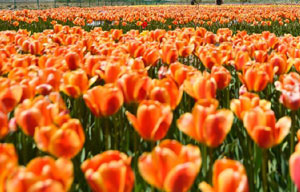 Tulip flowers blossom in China's Tibet and Qinghai
Tulip flowers blossom in China's Tibet and Qinghai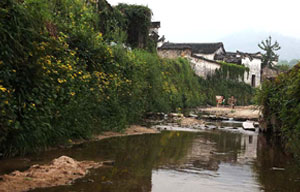 Zhaji ancient village, a lifelike ink painting in China's Anhui
Zhaji ancient village, a lifelike ink painting in China's Anhui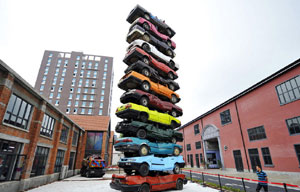 Car pyramid sculpture unveiled in C China
Car pyramid sculpture unveiled in C China 4th Int'l Cultural Festival held UIBE in Beijing
4th Int'l Cultural Festival held UIBE in Beijing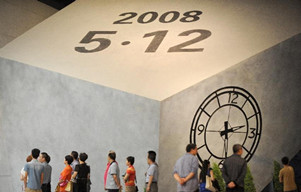 Wenchuan Earthquake Memorial Museum officially opens to public
Wenchuan Earthquake Memorial Museum officially opens to public